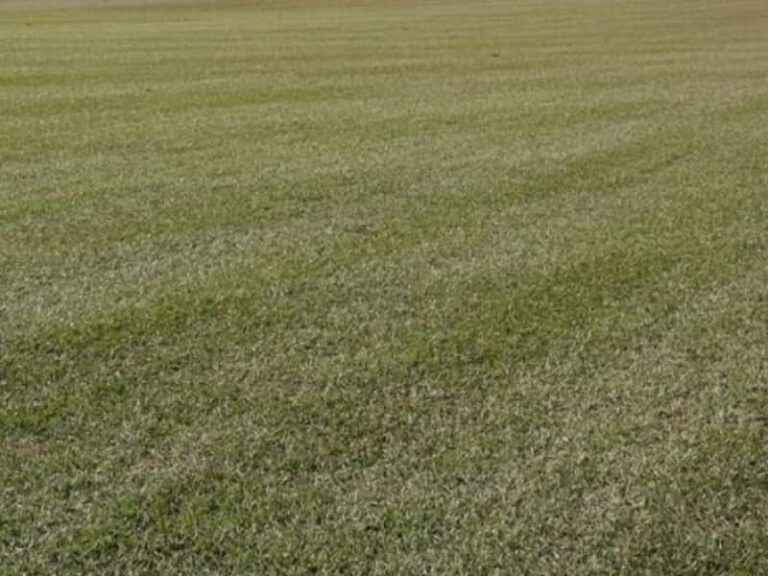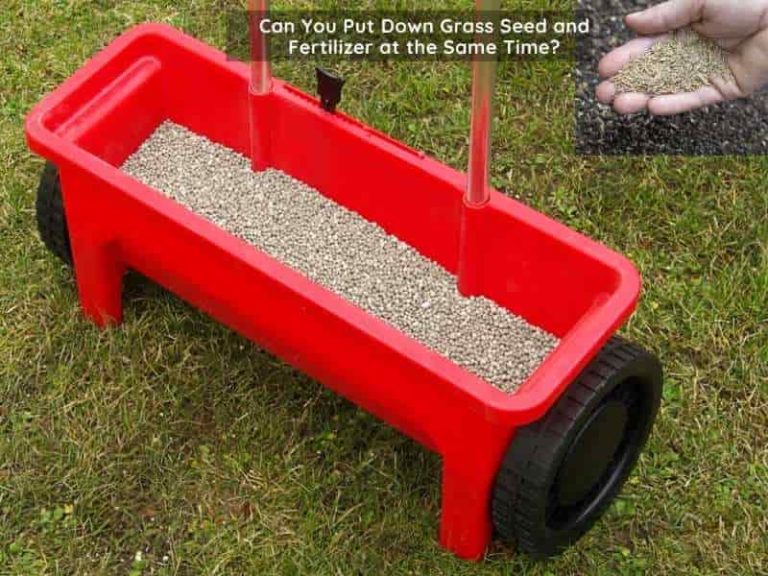Bermuda Grass Runners + Getting Rid of Runners?
Common bermudagrass (Dactylon Cynodon) is among the most popular warm-season grass in the southern states of the USA. Not only does it thrive well in hot and dry climatic conditions, but it also withstands heavy foot traffic and resists most lawn diseases.
Bermuda grass develops fast through runners and rhizomes to cover the lawn forming a beautiful carpet appearance. The runners can be used to overseed bare land and help the grass recover from injuries faster. However, runners can also be an invasive weed at times, but also help choke weeds on its lawn.
Here are the unique features that help Bermuda grass prosper in southern lawns and how to manage them.
Does Bermuda have runners?
Bermudagrass has runners AND rhizomes. These runners and rhizomes make different types of bermuda grass spread fast and most invasive weed in lawns. It also spreads quickly and easily overruns lawns.
What are Bermuda runners?
Bermuda grass runners or stolons are above-ground stems that grow laterally from the main grass plant. Runners rise from the adventitious bud in the crown of the parent plant and extend further while remaining closer to the soil surface.
Bermudagrass spreads in the lawn or garden by runners, rhizomes, and seeds. These runners are significant in the following ways:
Runners choke weeds
Runners grow fast to form nodes from which new shoots and roots arise, forming the daughter plant. The daughter plant also produces new runners, and the cycle continues.
The runners help Bermuda spread rapidly to cover the entire lawn quicker than other weeds. Therefore, they outcompete weeds or seeds of weeds lying on the lawn.
Runners fill in bare spots on the lawn.
Runners extend further from the parent plant and develop new shoots and roots at the nodes that become the daughter plant. The new plants cover the previously bare spots in the lawn.
Runners help the grass recover quickly from injuries
Sometimes, harsh weather conditions, insects, or animals damage lawn grass. The cold weather during winter makes the grass dormant and turn brown. Animals such as moles, chipmunks, or dogs may dig the soil in the lawn, creating bare spots.
Bare spots make the lawn more vulnerable to weeds. But, Bermudagrass quickly recovers from such injuries because its runners grow and spread fast over the lawn to produce new plants that fill the patches. The rising post-winter temperatures help Bermuda stolons increase and turn the grass green.
Sure, bermudagrass runners have benefits. However, it has one specific downside that should make you reconsider having it on your lawn.
Runners can choke desired grass on the lawn.
Bermudagrass can be an invasive weed where other grass species are growing. The weed has tiny light seeds that the wind carries away. The seeds are also light enough to stick to pet hair and spread to your lawn. The seeds stay dormant on the lawn and grow when conditions become favorable.
After seed germination, bermudagrass produces new shoots and runners that continue reproducing plants to cover bare spots on the existing lawn.
Because these runners proliferate and extend further from the parent plant fast, they can take over a lawn if not controlled early enough.
What causes Bermudagrass runners?
When bermudagrass is actively growing, its apical meristem cells divide rapidly, elongating. New roots and shoots develop, forming underground and aboveground shoots. The nodes that rise above the soil and lie laterally are the runners, otherwise known as stolons. Meanwhile, the ones that lie below the ground are called rhizomes.
Can you transplant bermudagrass runners?
You can transplant bermudagrass runners from an existing lawn to a new, unplanted one. All you have to do is prepare the new soil, dig spaces, put the runners, cover the openings with soil, and water lightly regularly.
The best time to transplant bermudagrass runners is late spring or early summer, as the grass enters its active growth window. The soil temperature should be consistently above 65oF.
Here is a step-by-step guide on how to transplant bermudagrass runners.
1. Prepare the soil
Preparing soil before planting bermudagrass runners ensures the ground has the right amounts of moisture, minerals, and a suitable pH that supports germination. It also clears the base so the runners can easily reach and interact with the soil for growth.
You must perform a soil test to confirm the health of the ground when you are establishing a new Bermudagrass lawn. Otherwise, skip the soil test if you only want to transplant runners to an existing lawn. Soil analysis shows the soil pH, mineral salts available, and detects which mineral salts are missing or insufficient.
Dig different small sections of your lawn and take the sample to a nearby agriculturalist university extension laboratory for a test. The soil report should indicate your lawn status and inform you of the best changes to make.
Also, loosen the soil and allow more air, water, and nutrients filtration to make them available for the germinating runners. Break the grounds using a rake or a rototiller to about 8 inches deep.
Remove fallen leaves, debris, and dirt from the lawn to make it easily accessible. If the soil is dry, moisten it with an inch of water.
If the soil analysis showed poor soil conditions in your lawn, make amendments before spreading the runners. Apply the recommended fertilizers to raise or lower the pH and add more organic matter like compost or topsoil.
2. Dig the soil and put the runners on the lawn
After preparing the lawn soil, dig small spaces to lay the runners. You can use screwdrivers and shovels to lay the runners. Each method depends on the lawn’s size and the expected outcome. The screwdriver method is suitable for covering small lawn areas but consumes more time because you lay the strands one by one.
Meanwhile, the shovel method is excellent for covering larger areas and is efficient, hence the most recommended. Overall, both methods are suitable. Choose one that best fits your needs.
Here’s how to lay the runners using the shovel method.
- Push the shovel 3 inches deep into the soil to dig it.
- Put a strand of the runner horizontally into the dug space. You can also put the runners upright and close to each other. Make the roots face down while the shoots facing up.
- Skip 3 inches and repeat steps 1 and 2.
Here’s how to lay the runners using the screwdriver method.
- Dig holes about 6 inches deep using a screwdriver.
- Put a strand of the bermudagrass runner vertically into the hole.
- Push the strand deeper into the hole using the screwdriver.
3. Cover the dug spaces with topsoil
Use a shovel to add topsoil to the spaces to cover the roots of the runners. If you lay the runners horizontally, cover the whole area in soil. Otherwise, cover up to 2/3 of each runner if you laid them vertically.
Press the soil with a lawn roller to create more contact with the runners.
4. Water the lawn lightly
Irrigate the lawn lightly with ½ inch of water per session. Water thrice daily for the first two weeks. Once the runners germinate and new shoots sprout, water less frequently to ½ inch once per week.
But, if there’s enough rainfall during the runners’ growth period, avoid watering them to prevent overwatering issues like suffocation and root growth stunting.
5. Apply fertilizer
After the runners form new plants in the first month, apply fertilizers to make Bermuda grow and spread fast. A fertilizer rich in nitrogen, phosphorus, and potassium is an excellent choice at this point. The phosphorus ensures the roots grow firmly and more profound, and nitrogen thickens the leaf blades and makes them bright green to produce a lush lawn.
After the grass grows long, you can mow it to the recommended height.
Here is a video on how to fix bare spots with bermuda grass with runners:
Can you get rid of Bermuda runners?
If the Bermuda runners look ugly on your lawn, you can get rid of them. Dig them out while they’re still young and only covering a small portion of your lawn. Otherwise, regularly dethatch shallowly to break the runners and other thatch lying on the lawn.
Can you replant grass runners?
You can replant runners removed from one section of a lawn to cover bare spots or plant them on a new lawn. Replanting is similar to transplanting runners on a lawn, except you don’t have to perform a soil test when replanting runners to an existing bermudagrass yard.
References
1. Richard L. Duble, Turfgrass Specialist Texas Cooperative Extension: Bermudagrass.
2. Oregon State University: Rhizomes and stolons.

![How to Fix a Muddy Yard [Solutions to Dry Up a Wet Yard Fast]](https://lawnmodel.com/wp-content/uploads/2021/01/How-to-Fix-a-Muddy-Yard-Dry-up-the-yard.jpg)



